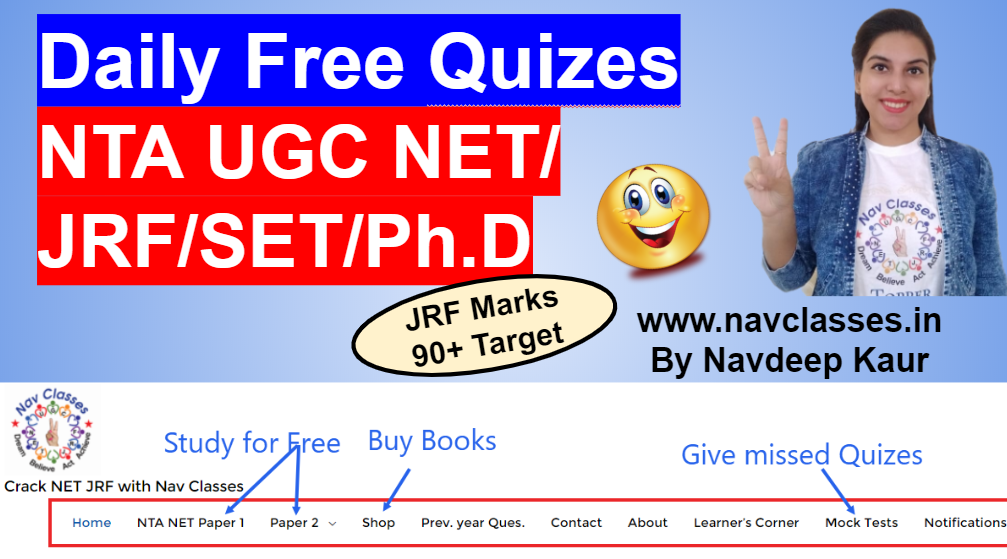1. Which of the International Agreements/ Convention Protocols are legally binding on the member countries (parties)?
(A) Convention on biological diversity
(B) Kyoto protocol
(C) Montreal protocol
(D) Paris agreement
1 (C) only
2 (A) and (C) only
3 (A). (B) and (C) only
4 (B). (C) and (D) only
SHOW ANSWER
Explanation: > The Kyoto Protocol, which binds all member countries, is based on the Convention’s principles and provisions and follows its annex-based structure. It exclusively binds industrialised countries and sets a higher burden on them under the idea of “common but differentiated responsibility and distinct capabilities,” recognising that they are mostly responsible for the recent high levels of Greenhouse gases in the atmosphere.
> Montreal Protocol and Convention on Biological Diversity are legally binding on all member countries.
> Paris agreement is a voluntary and non-legally-binding, allowing all nations to set their own emissions goals through “nationally determined contributions.
©navclasses
2. Wind energy is very sensitive to the wind velocity because wind power is directly proportional to the:
A. Wind velocity.
B. Square root of the wind velocity.
C. Square of the wind velocity.
D. Cube of the wind velocity.
SHOW ANSWER
Explanation: Wind power grows in direct proportion to the cube of wind speed. To put it another way, doubling the wind speed yields 8 times the wind power. As a result, choosing a “windy” location for a wind turbine is critical.
©navclasses
3. Assertion (A): Carbon dioxide emissions from bioenergy. Production has traditionally been excluded from most emission inventories and climate impact studies.
Reason (R): Carbon dioxide emissions associated with production of bioenergy are significantly less compared to those from combustion of fossil fuels.
(1) Both (A) and (R) are true and (R) is the correct explanation of (A). (2) Both (A) and (R) are true but (R) is NOT the correct explanation of (A).
(3) (A) is true but (R) is false.
(4) (A) is false but (R) is true.
SHOW ANSWER
Explanation: Carbon dioxide emissions from bioenergy production have historically been removed from most emission inventories and environmental impact analyses because bioenergy is carbon – and climate – neutral so long as CO2 emissions from biofuel combustion are absorbed by growing biomass. As a result, its climate impact is still not considered.
(R) is correct but not correct explanation (A) is explaining carbon neutral fact of bioenergy whereas (R) is contrasting bioenergy with fossil fuels.
©navclasses
4. Assertion (A): Carbon monoxide (CO) is a serious asphyxiant; even a short exposure may have fatal health issues.
Reason (R): Hemoglobin present in the blood has greater affinity towards carbon monoxide than oxygen.
1 Both (A) and (R) are correct and (R) is the correct explanation of (A).
2 Both (A) and (R) are correct but (R) is NOT the correct explanation of (A).
3 (A) is correct but (R) is not correct.
4 (A) is not correct but (R) is correct.
SHOW ANSWER
Explanation: An asphyxiant is a chemical that can cause suffocating or unconsciousness (asphyxiation). Asphyxiants that have no further health impacts are known as simple asphyxiants.
> Carbon monoxide (CO) inhibits the circulatory system’s ability to transport oxygen throughout the body, particularly to important organs such as the heart and brain. As a result, high doses of CO can result in death due to asphyxiation or a shortage of oxygen to the brain.
©navclasses
5. Which of the following statements about the Volatile Organic Compounds (VOCs) are correct?
i) They cause acid rain.
ii) They may cause cancer.
iii) They play an important role in the formation of photochemical smog.
1. i) and ii)
2. ii) and iii)
3. i) and iii)
4. i), ii), and iii)
SHOW ANSWER
Explanation: > Acid rain is created by a chemical reaction that starts when sulphur dioxide or nitrogen oxides are discharged into the atmosphere.
> VOCs interact with nitrogen oxides, which are mostly generated by vehicles, power plants, and industrial operations, to generate ozone, which aids in the creation of fine particles. The buildup of ozone, fine particles, and other gaseous contaminants causes smog, which decreases vision.
> VOCs are a group of compounds that can irritate the eyes, nose, and throat, as well as causing headaches, shortness of breath, fatigue, nausea, dizziness, and skin problems.
©navclasses
6. From the following list, identify the sources of solid waste:
i. Residential areas
ii. Oceans
iii. Institutional areas
iv. Agriculture
v. Dust storms
1. i), ii) and iii)
2. ii), iii) and iv)
3. iii), iv) and v)
4. i), iii) and iv)
SHOW ANSWER
Explanation: The sources of solid waste are residential, industrial, commercial, institutional, construction and demolition municipal services, process (manufacturing, etc), agriculture.
©navclasses
7. Identify the sources of soil pollution from the following list:
I. Industrial effluents.
II. Eutrophication.
III. Unscientific disposal of nuclear waste.
IV. Off-shore oil drilling.
V. Improper management of septic systems.
1. i), ii) and iii)
2. ii), iii) and iv)
3. i). iii) and v)
4. ii), iv) and v)
SHOW ANSWER
Explanation: Eutrophication is the process of an overabundance of nutrients in a water body, resulting in abundant growth of basic plant life. Water contamination, not soil pollution, is the problem.
> Offshore oil drilling leads to water pollution.
> All others like Industrial effluents, Unscientific disposal of nuclear waste, Improper management of septic systems.
> The anaerobic bacterial environment which develops in the tank decomposes or mineralizes the waste released into it is referred to as “septic.” A septic tank is a concrete, fibreglass, or plastic subterranean chamber through which domestic wastewater (sewage) flows for basic treatment.
Septic systems that are not adequately maintained will pollute the soil.
©navclasses
8. Which of the following was the central aim of the Paris Agreement?
1. To reduce the CFCs emissions.
2. To strengthen the global response to the threat of climate change.
3. To address biological diversity issues.
4. To address the problem of ozone layer depletion.
SHOW ANSWER
Explanation: 1. To reduce the CFCs emissions- is the aim of Montreal protocol.
2. To strengthen the global response to the threat of climate change- aim of the Paris Agreement.
3. To address biological diversity issues – comes under Convention on Biological Diversity (CBD) under Rio Summit UNFCCC.
4. To address the problem of ozone layer depletion- is aim of Montreal protocol.
©navclasses
9. Which of the following statements represents mangrove characteristics as a safety hedge?
1. The mangrove trees are tall with dense canopies.
2. The mangrove trees provide both food and medicines.
3. The mangrove swamps separate the human settlement from the sea.
4. The mangrove trees protect vulnerable coastlines as they hold soil together.
SHOW ANSWER
Explanation: Mangrove soils act as carbon sinks, storing significant amounts of carbon and preventing it from entering the atmosphere. By minimising erosion during storms and floods, the aerial roots of mangrove forests store sediments and maintain the soil in the areas between high and low tide (intertidal areas). Storm surges and waves can be dissipated by mangrove roots, trunks, and canopy.
©navclasses
10. During the physical treatment process of wastewater, what is the correct order of following operations to be followed?
A. Flocculation
B. Filtration
C. Screening
D. Sedimentation
(1) (C), (D). (B), (A)
(2) (C), (D), (A), (B)
(3) (B), (D). (A), (C)
(4) (B). (C), (D), (A)
SHOW ANSWER
Explanation: Treatment of physical water: Solids are removed using methods such as screening, sedimentation, and skimming. There are no chemicals used in this method. Sedimentation, which is the process of suspending insoluble/heavy particles from wastewater, is one of the most used physical wastewater treatment processes.
Flocculation is a water treatment method that involves solids forming bigger clusters, or flocs, that are then removed from the water. This process can occur naturally or with the assistance of chemical agents. It is a widely used method for wastewater treatment, stormwater treatment, and drinking water purification.
©navclasses


5/10